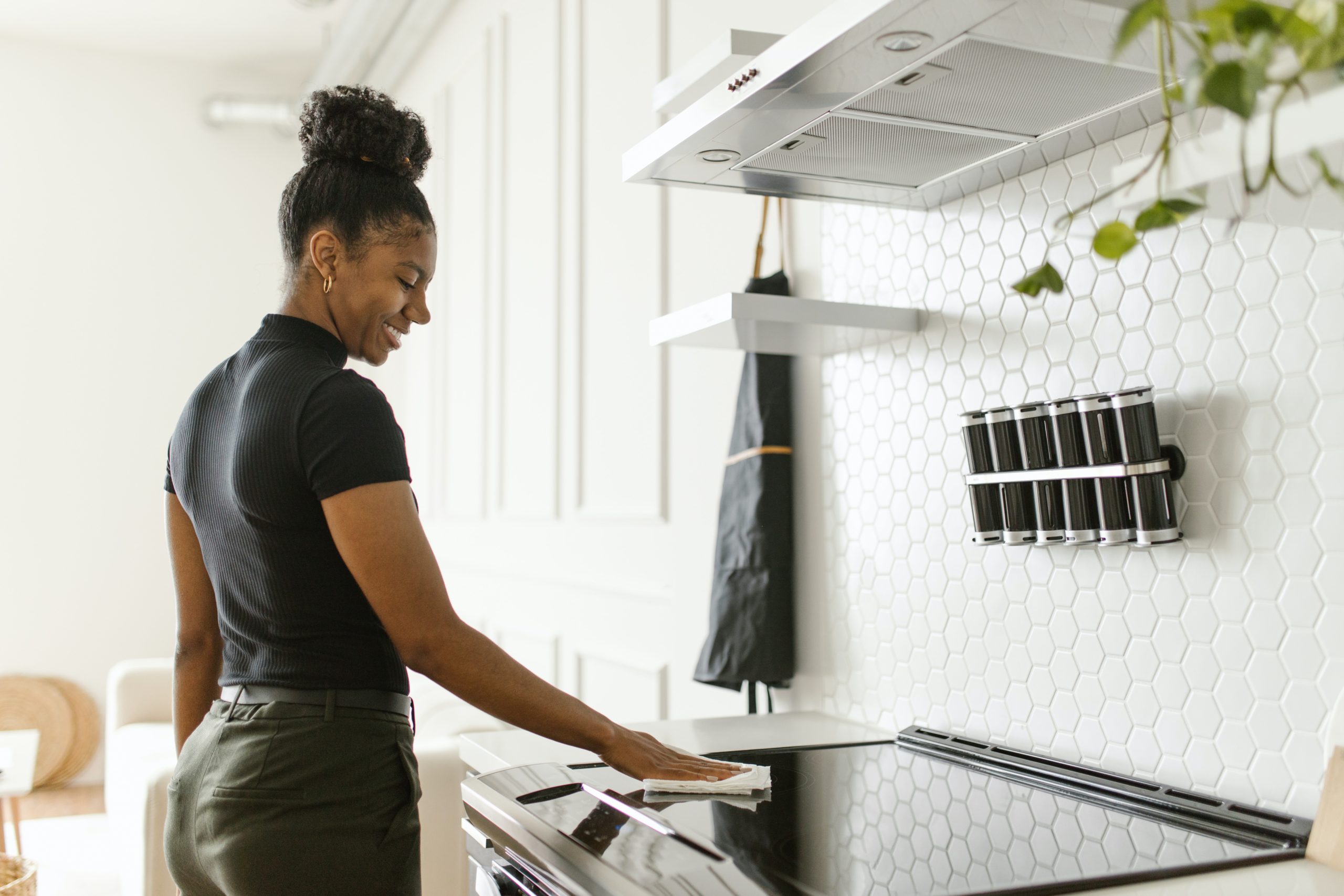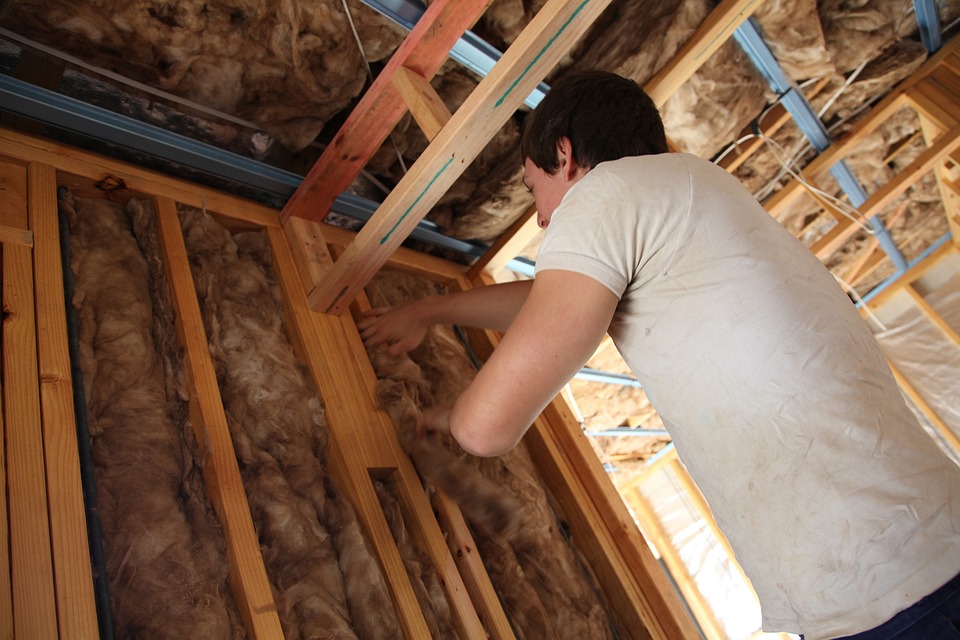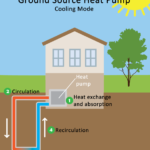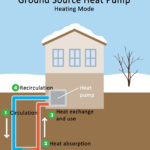President Biden signed the Inflation Reduction Act (IRA) into law on August 16, 2022, kicking off $9B in funding for States and Tribes tantamount to the

Electric stovetops are covered under rebate programs housed in the IRA. Photo by RODNAE Productions, from pexels.com
biggest investment in home-energy improvements (triggering likely homeowner benefits) and climate change in the country’s history. The homeowner benefits of the Inflation Reduction Act stand to be significant, because $1B of that massive bill is expected to help households become energy efficient, upgrade from gas to electric appliances, and obtain clean energy devices like heat pumps, plus cut overall energy costs. This drive for energy efficiency serves as a positive bookend to the housing chaos that reigned during the early years off the pandemic. To that end, the Biden administration in early November launched CleanEnergy.gov to advise on the rebates and tax credits offered by the IRA.
Although some of the finer points remain foggy, the overall outlook for the sprawling IRA is looking favorable for homeowners and would-be electric-vehicle (EV) drivers. Who stands to gain the most? Individuals who purchase EVs and those who make home improvements such as adding energy-efficient appliances and water heaters, renewable energy like solar or wind, or efficiency retrofits like insulation and HVAC installations—with modest-income residents poised to gain the most in rebates and tax credits.
And let’s not forget the positive environmental benefits of the IRA: Namely, expert analysts are predicting that the IRA will drive a 41% decrease in U.S. carbon emissions by 2030, compared with 2005 levels.
But, as consumers in the grips of inflation, you might be more interested in the nuts and bolts of the IRA and how it might apply to your life. So, why don’t we dig into some of the specifics of the IRA and how they could shape up to put a smile on homeowners’ faces?
What is the IRA?
Briefly, the Inflation Reduction Act, or IRA—a mammoth of a publication that you can access here, in all its 700-plus-page glory—aims to help both consumers and communities cut greenhouse gas emissions by at least half in a decade, sweetening the pot with two main residential energy-efficiency rebate programs (HOME and HEEHRA) that we’ll explain shortly.
In the IRA, about $369B is earmarked for climate change measures over the next decade including energy reform, and the benefits extend both to industry and to homeowners. The IRA is a ground-breaking federal investment in so-called clean energy, the largest of its kind. Ever.
The greatest part for consumers could be the bevy of homeowner benefits via rebate programs for energy upgrades or retrofits. Read on to find out more!
IRA Fundamentals
For homeowners and EV drivers, plus those working in architecture, engineering, and construction or other building-allied fields, and agriculture, the impacts of the IRA are beginning to emerge and will only become clearer over time.

High-efficiency heat pumps are covered in the HEEHRA rebate program under the IRA, with an $8,000 cap for heat pump costs and $1,750 for heat pump water heaters.
As far as individuals are concerned, the IRA ponies up approximately $14,000 (its cap) for home upgrades for those who qualify, including an $8,000 cap for heat pump costs, $1,750 for heat pump water heaters, $4,000 for breaker box upgrades, and $840 for electric stoves.
Yet before all these rebate programs can swing into motion, the Department of Energy will continue to hold listening sessions through sometime in January 2023 “to engage a wide array of stakeholders, including direct engagement with states and Tribes, labor, industry, and others, on these consumer rebate programs.”
After those sessions, the DOE will seek public input in a Request for Information period in “early 2023.” The Energy Department then expects that funding to Tribes and states will be available in Spring 2023, with rebates to consumers coming “later in the year.”
That said, beyond checking the freshly launched CleanEnergy.gov, you can read a brief run-down of these two rebate programs, HOME and HEEHRA, herein.
IRA Benefits for Homeowners
Tax credits for Residential Clean Energy
Residential clean energy is an important plank toward building up homeowner benefits of the Inflation Reduction Act. Among the IRA’s clean-energy tenets are the following:
- It extends the residential solar or renewable energy tax credit through 2034.
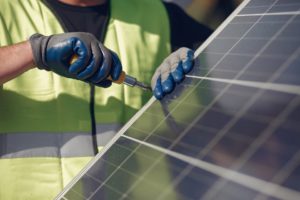
- It keeps the prior credit rate but tinkers with the project dates like so: It “applies a 30% tax credit for projects started between 2022 and 2032. Tax credit decreases to 26% for projects started in 2033 and 22% for projects started in 2034.”
- It increases access to battery technology (details forthcoming, one hopes).
Tax Credits for Energy-Efficiency Home Improvements, or HOME rebate program
The IRA is replete with rebates. One of the most relevant for homeowners is the rebate for home energy efficiency/electrification, as embodied in the HOME rebate program, which covers home energy performance-based, whole-house rebate allocations. In this program, $4.3 billion filters to state energy offices to develop a HOME rebate program, which intends “to reimburse homeowners and aggregators for whole-house energy savings improvements [emphasis ours]. The legislation also provides an additional $4.275 billion to state energy offices to establish a high-efficiency electric home rebate program [or HEEHRA]. The [HOME] rebates may be used for appliance upgrades, such as heat pumps, electric stovetops/ovens, and non-appliance upgrades, such as insulation, electric wiring, and ventilation.”
As just one example, according to Energy.gov, Missouri will be receiving $75,807,060 to distribute to homeowners seeking rebates through the HOME program, whereas Illinois is slated to receive $132,219,190.
- EPA ground-source geothermal, cooling
- EPA ground-source geothermal, heating
Here is another example of energy efficiency rebating in the HOME program. According to CBS News, if homeowners make changes [i.e., retrofits] that draw down their energy usage by at least 35%, they can receive up to $4,000 in rebates. For an at least 20% reduction, households can garner $2,000. “That [$4,000] amount is doubled for low- and middle-income households, who can get up to $8,000 in rebates.”
In its 10-year lifespan, the IRA fosters clean technologies in the home by offering the following tax credits or incentives:
- Replaces lifetime cap on tax credits; annual credit resets each year, up to $3,200 in total.
- Extends credit for energy efficiency home improvements through 2032.
- Covers the purchase and installation of these improvements.
- The 10% credit seen during the 2022 tax season increases to 30% in 2023.
- Establishes a $1,200 annual credit limit for other weatherization measures, including $600 for windows and $500 for doors
- Expands credit to cover the cost of home energy audits up to $150 and electrical panel upgrades up to $600
- Pays $2,000 toward biomass stoves and boilers
- Offers incentives to become a qualified Energy Property ($600)
High-Efficiency Electric Home Rebate Act (HEEHRA)
The High-Efficiency Electric Home Rebate Act, or HEEHRA, is another rebate program that dovetails with the HOME program. The HEEHRA also generates rebates for low- and middle-income families to encourage home electrification, such as by installing heat pumps, electric stoves, or electric clothes dryers. IMPORTANT NOTE: In this program, the per-household rebate is capped at $14,000, and households cannot receive two rebates for the same upgrade. For instance, if they claim a HOME Rebate program for a heat pump, they can’t also get a rebate through the HEEHRA for a heat pump (CBS News).
To qualify for HEEHRA, a family or homeowner has to make 150% or less of the area median income, as determined by the U.S. Department of Housing and Urban Development.
Heat pumps are being touted as one of the most appealing parts of the HEEHRA program, which will entitle a heat pump–owner to claim up to $8,000 (the cap for said heat pump). Converse to its name, the heat pump also provides air-conditioning—which now, thanks to climate change, is fairly necessary for many Midwesterners. In addition, heat pumps can boost energy efficiency owing to their reliance on electrification rather than the typical need for oil or gas for furnaces. And, according to the U.S. Department of Energy, compared with electric-resistance heating such as baseboard heaters, high-efficiency heat pumps can quell electricity consumption by approximately 50% or even up to 60% at times for geothermal units. Talk about the homeowner benefits of the Inflation Reduction Act!
HEEHRA’S Limits
HEEHRA does have some expected limitations, however. These limits come in the form of savings caps. Specifically, the caps on other upgrades in the HEEHRA that homeowners want to be aware of are as follow:
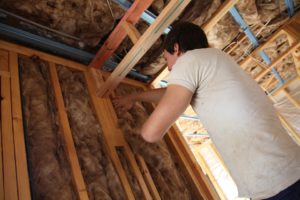
Weatherization, including added insulation, aimed at achieving high energy efficiency could be covered under the HEEHRA rebate program up to $1,600.
- $1,750 for a heat pump water heater
- $4,000 for an electric load service center upgrade (breaker box, a.k.a. main panel upgrades or “heavy-ups”)
- $1,600 for weatherization including insulation, air sealing, and ventilation
- $2,500 for electric wiring
- $840 for electric stove/cooktop/range/oven
- $840 for a heat-pump clothes dryer
- Contractors can receive up to $500 incentives
For the aforementioned caps, multifamily buildings can still qualify if 50% or more of residents are low- to moderate-income for that area.
Remember that overall $14,000 HEEHRA cap previously mentioned? Well, for so-called low-income families, working within that cap, they can get up to 100% of their electrification projects covered. That said, middle-income homeowners can receive up to 50% of their retrofit rebates covered up to the cap.
With the HEEHRA, homeowners cannot combine this rebate with other federal rebate programs, including Residential Efficiency and Electrification Rebates. However, the IRA does not prevent combining federal rebates with those at the state level.
According to Energy.gov, Missouri will be receiving $75,366,640 to dole out to homeowners seeking rebates through the high-efficiency home-electrification (HEEHRA) program. Likewise, Illinois will garner $131,452,470.
Conclusion
All in all, the IRA is a sprawling 700-plus page, incredibly complex, and historic piece of legislation. The seeds planted during its 10-year lifespan should continue to take root and grow and, we hope, thrive beyond that in terms of positive action on climate change and homeowner benefits of the Inflation Reduction Act.
The IRS and multiple federal and state agencies will need to codify these rebates, but you are not too late (or too early!) to consult with an accountant or tax professional to learn the economic specifics relating to your home energy or efficiency projects and any potential rebates.
Likewise, we can help you navigate around any potential pitfalls to home-energy retrofits or upgrades, whether you are adding renewables such as solar or a ground-source heat pump for geothermal energy or highly efficient appliances, electrification, or weatherization measures.
That said, we hope that after the current ongoing listening sessions and request for information period, the process for the rebate rollouts to States and Tribes—and flowing out to homeowners, communities, or owners of multifamily housing—will become both clearer and more concrete. Perhaps by the end of 2023 you’ll have at least a little extra money in your pocket thanks to having made some energy-efficiency improvements to your home that will only continue to help you reap your rewards in the future.


